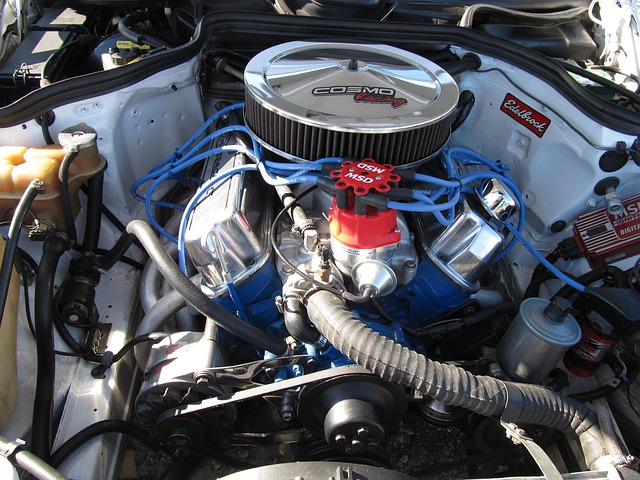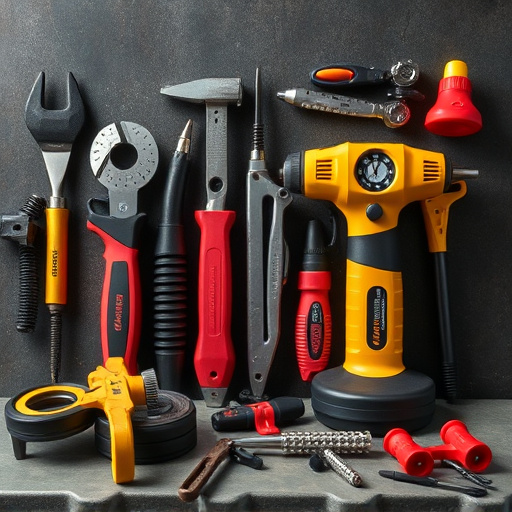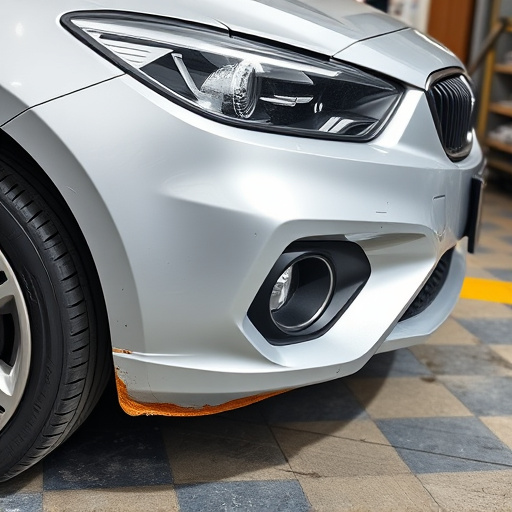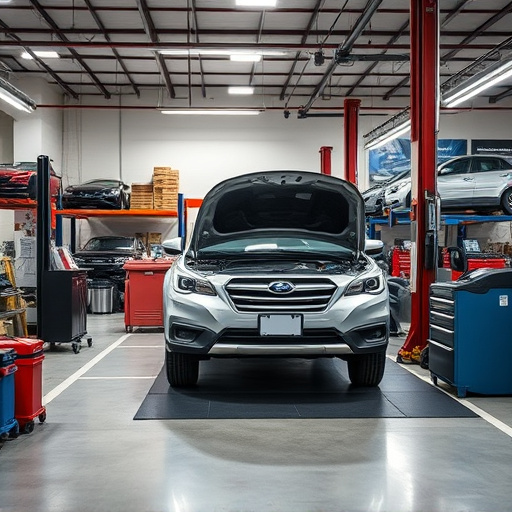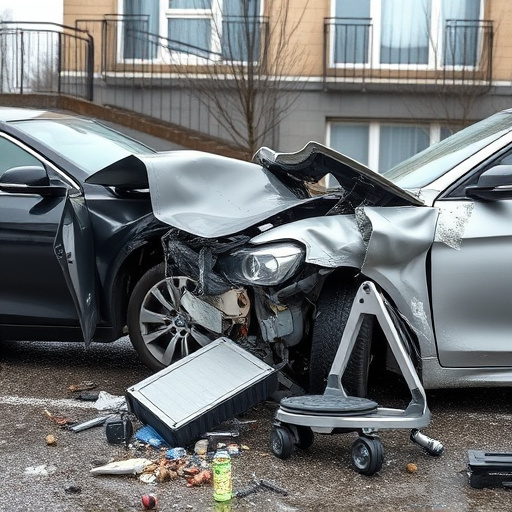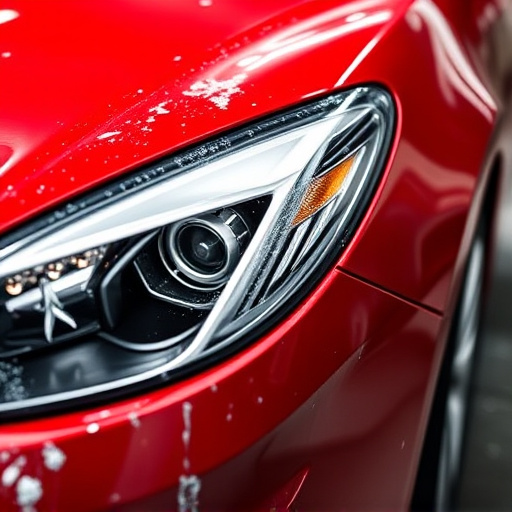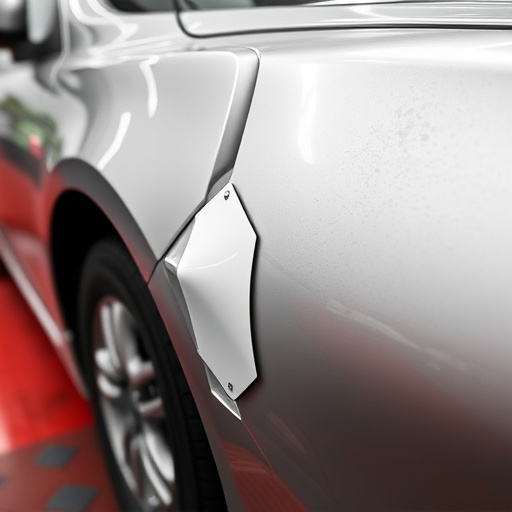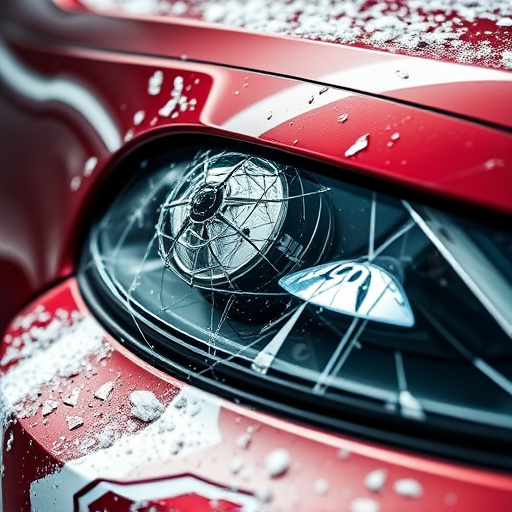After a collision, a thorough brake system inspection is crucial to maintain safe stopping power. Check for pad and rotor wear, hydraulic leaks, and caliper alignment. For complex vehicles like Mercedes, professional repair ensures optimal braking performance and safety. Replace worn parts to prevent future hazards.
After a fender-bender, a thorough brake inspection is crucial for ensuring your safety on the road. This guide walks you through understanding the basics of your brake system and performing essential checks post-collision. Learn what components to look for and when it’s time for replacements, enabling you to identify worn parts and maintain effective braking power. Optimize your vehicle’s performance and peace of mind with this comprehensive brake system inspection checklist after a collision.
- Understanding Brake System Basics After a Collision
- Essential Checks for Safe and Effective Brakes
- When to Replace: Identifying Worn Brake Components
Understanding Brake System Basics After a Collision
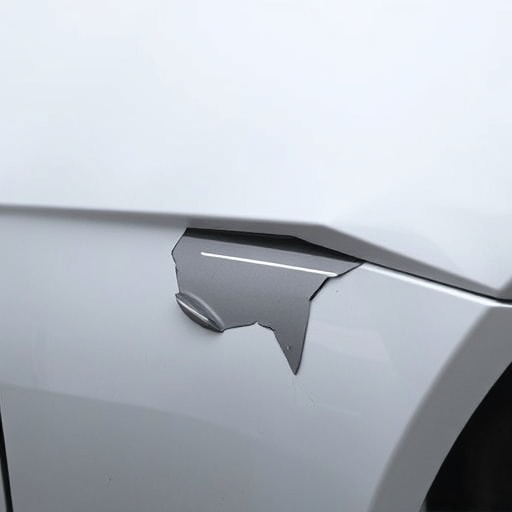
After a fender-bender accident, one of the critical components to inspect is your vehicle’s brake system. Understanding its basics is essential for effective post-collision maintenance. The brake system is designed to slow or stop the vehicle by converting kinetic energy into heat through friction between pads and rotors. This intricate network includes several key parts: brakes, calipers, rotors, pads, and a master cylinder, all working in harmony to ensure safe stopping power.
In the event of a collision, these components may sustain damage, compromising their effectiveness. A thorough brake system inspection involves visualizing wear and tear on pads and rotors, checking for leaks in the hydraulic lines, and ensuring proper alignment of the calipers. For those with complex or high-performance vehicles, like Mercedes Benz models requiring mercedes benz collision repair, seeking professional fleet repair services is advisable to maintain optimal braking performance and safety.
Essential Checks for Safe and Effective Brakes
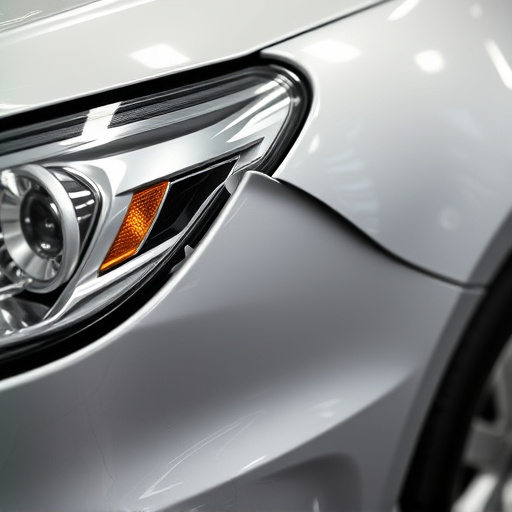
After a fender bender, a thorough brake system inspection is crucial for ensuring safe and effective braking performance. The first steps involve visually inspecting the brakes for any signs of damage or wear, checking the brake pads for thickness and debris, and examining the rotors for cracks or warping. These initial checks can reveal critical issues that might otherwise go unnoticed.
Additionally, a complete brake system inspection should include verifying the proper functioning of all components, such as calipers, wheel cylinders, and master cylinders. Fleet repair services often recommend checking the fluid levels and condition, looking for leaks, and ensuring the brakes are properly adjusted. For premium vehicles like Mercedes Benz repair, specialized tools may be needed to diagnose issues accurately, guaranteeing that each brake component is in top condition before allowing the vehicle back on the road.
When to Replace: Identifying Worn Brake Components
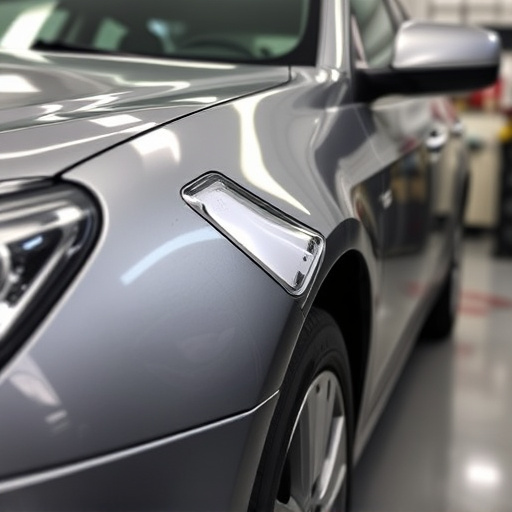
After a fender-bender accident, it’s crucial to perform a thorough brake system inspection as part of your vehicle’s overall evaluation. While some minor dents or scratches might be easily repaired through auto body repairs or even luxury vehicle repair services, worn or damaged brake components pose a serious safety concern and must be addressed immediately.
During the inspection, pay close attention to signs of wear on brake pads, rotors, calipers, and other critical parts. If your brake pads have less than 20% remaining thickness or exhibit signs of severe scarring or cracking, they should be replaced without delay. Similarly, rotors that are warped, corroded, or show evidence of excessive friction can lead to reduced braking efficiency and increased wear on other components, necessitating their replacement as well. Timely identification and replacement of these worn brake parts ensure the safety of future drives and prevent further damage to your vehicle during collision scenarios.
After a fender-bender, a thorough brake system inspection is crucial for ensuring safe and reliable driving. By understanding the basics of your brake system, performing essential checks, and knowing when to replace worn components, you can navigate the roads with confidence. Regular maintenance and prompt attention to any issues are key to preventing future accidents and keeping you and your passengers safe. Remember, a well-maintained brake system is an essential part of collision prevention.
